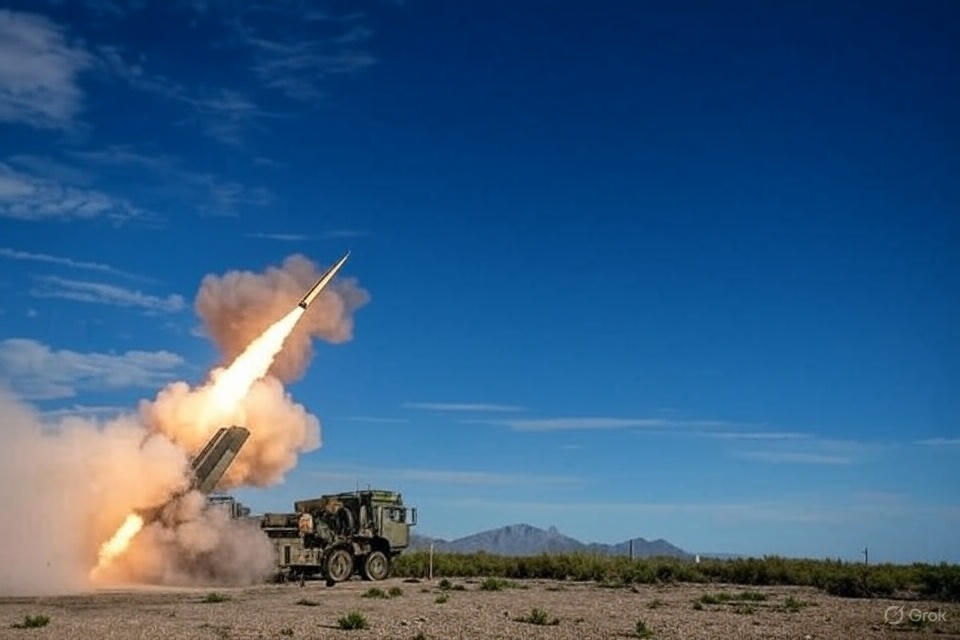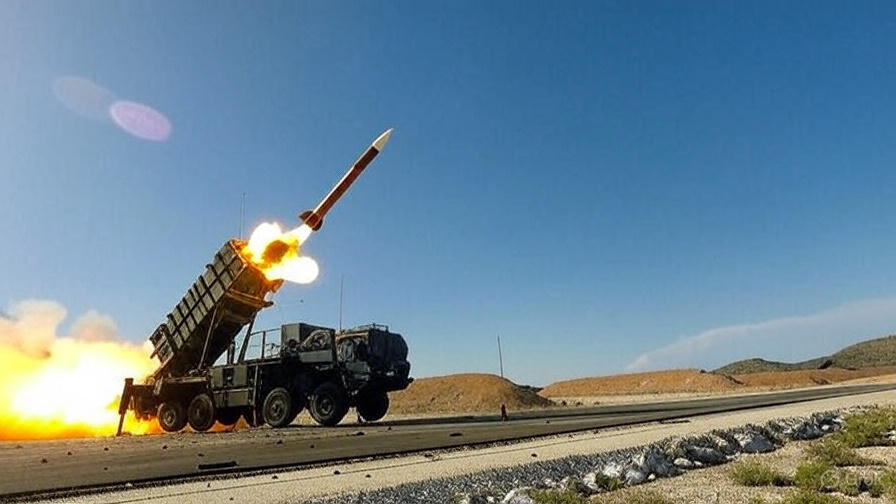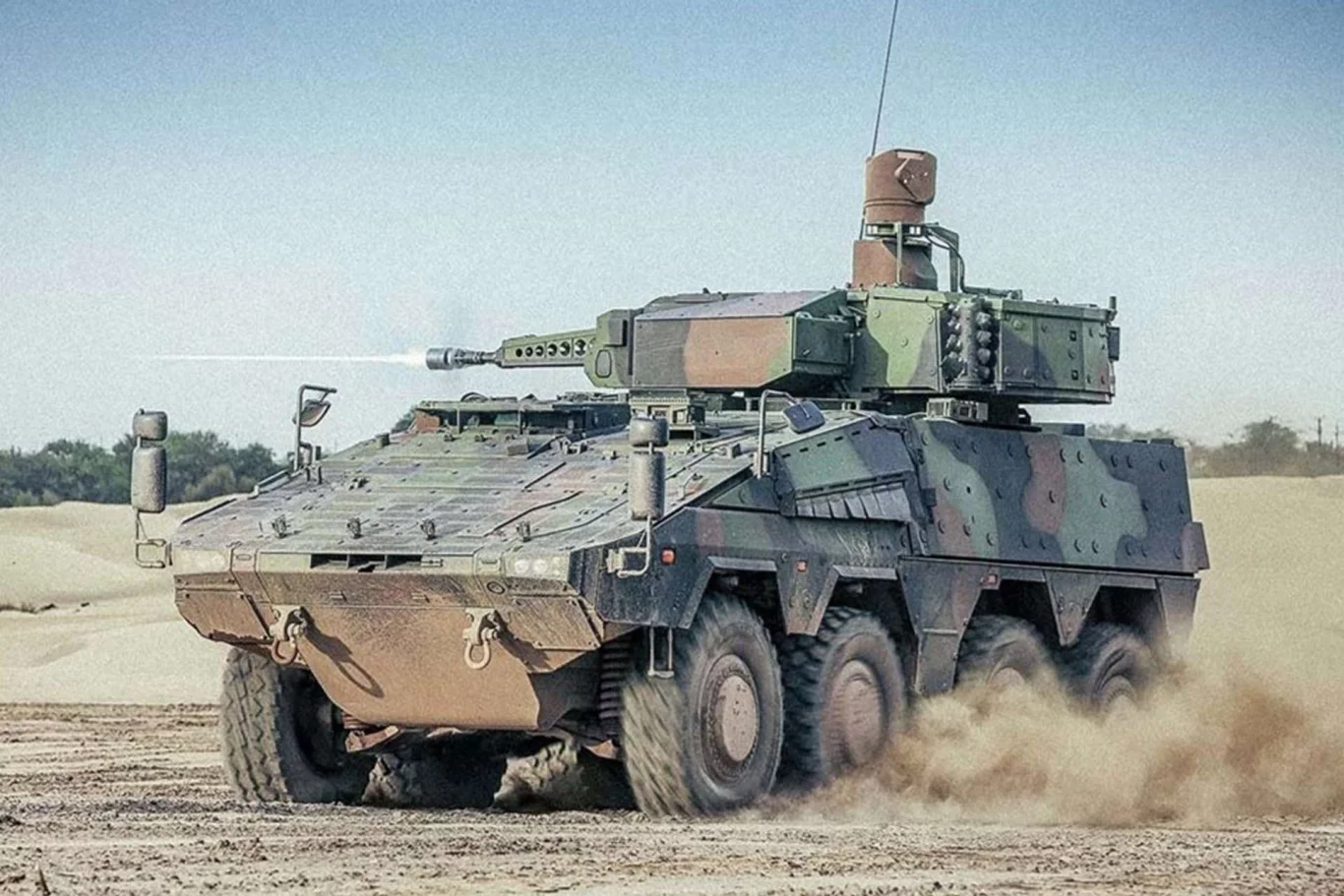The future of military aviation is rapidly taking shape, moving beyond the realms of science fiction and into tangible, game-changing demonstrations. A recent pivotal event, reported on October 30, 2025, showcases this evolution dramatically: a soldier successfully controlling an autonomous Black Hawk helicopter. This isn’t just a technological feat; it’s a profound leap forward in redefining battlefield operations, logistics, and the very role of military personnel in a connected, intelligent battlespace.
The Dawn of Autonomous Airpower: More Than Just Drones
For years, unmanned aerial vehicles (UAVs) or drones have been integral to modern warfare, primarily for reconnaissance and limited strike missions. However, the concept of a fully autonomous helicopter, particularly one as robust and versatile as the Black Hawk, represents an entirely different class of capability. We’re talking about an aircraft designed for complex missions – troop transport, resupply, medical evacuation, and more – now operating without a human pilot physically at the controls.
The Black Hawk, a workhorse of military aviation for decades, is known for its ruggedness, adaptability, and reliability. To transition this platform from a crewed aircraft to an autonomous system capable of executing intricate maneuvers and responding to dynamic battlefield conditions is a testament to extraordinary engineering and advanced artificial intelligence. This shift isn’t about replacing humans entirely, but about augmenting their capabilities and mitigating risks in hazardous environments.
The Soldier’s New Role: Commander, Not Pilot
The most striking aspect of this demonstration is the shift in human-machine interaction. Instead of a highly trained pilot in the cockpit, we now have a soldier, potentially on the ground, commanding the autonomous Black Hawk. This fundamentally changes the paradigm:
- Simplified Interface: The control system must be intuitive, allowing a soldier with mission-specific training (rather than extensive flight hours) to direct the aircraft. This could involve tablet-based interfaces, gesture controls, or even voice commands, abstracting the complex physics of flight into straightforward mission objectives.
- Focus on Mission, Not Flight: By removing the need for a pilot to manage the intricate controls of the helicopter, the soldier can focus entirely on the mission at hand – directing supplies to a forward operating base, evacuating wounded personnel, or providing aerial support. The autonomous system handles the demanding task of flying.
- Reduced Risk in Dangerous Environments: Imagine resupply missions into contested areas, or medical evacuations under enemy fire. An autonomous Black Hawk can undertake these missions, dramatically reducing the risk to human pilots and crew. This doesn’t mean zero risk to the asset, but it changes the calculus of human life.
The Potential Impact on Future Warfare and Logistics
The implications of this technology are vast and far-reaching:
- Enhanced Logistics and Resupply: Autonomous Black Hawks could revolutionize how troops on the ground receive vital supplies. They could operate continuously, day or night, in adverse weather, ensuring a steady flow of ammunition, food, water, and equipment to even the most isolated units, without putting pilots in harm’s way.
- Rapid Medical Evacuation (MEDEVAC): In critical situations, autonomous MEDEVAC could provide faster response times to extract wounded soldiers from dangerous zones, potentially saving lives by bypassing the need for a human pilot to navigate hostile airspace.
- Expanded Mission Sets: This technology opens the door for entirely new mission profiles, such as autonomous reconnaissance in high-threat areas, precise delivery of specialized equipment, or even serving as an unmanned “wingman” to crewed aircraft.
- Operational Efficiency and Cost Savings: While initial development costs are high, the long-term operational costs could be reduced by potentially fewer personnel requirements, optimized flight paths, and reduced training overhead for pilots if a portion of missions become autonomous.
- Strategic Advantage: Nations that master this technology will gain a significant strategic advantage, capable of operating in ways that conventional forces cannot, adapting quickly to evolving threats, and maintaining operational tempo in challenging environments.
Challenges and the Road Ahead
While groundbreaking, this technology is still evolving. Challenges include:
- Robust AI and Machine Learning: The autonomous systems must be incredibly robust, capable of handling unexpected environmental conditions, system failures, and real-time threat assessment without human intervention.
- Cybersecurity: Protecting these autonomous systems from cyberattacks, jamming, or spoofing will be paramount.
- Ethical and Legal Frameworks: The deployment of autonomous weapons systems raises complex ethical and legal questions that need careful consideration and international discussion.
- Integration with Existing Systems: Seamless integration into current military command, control, and communication networks is crucial.
The successful demonstration of a soldier controlling an autonomous Black Hawk is not just a triumph of engineering; it’s a powerful statement about the future of defense. It signifies a transition towards an era where human ingenuity and artificial intelligence combine to create forces that are more agile, resilient, and effective, ultimately redefining the landscape of military operations.




